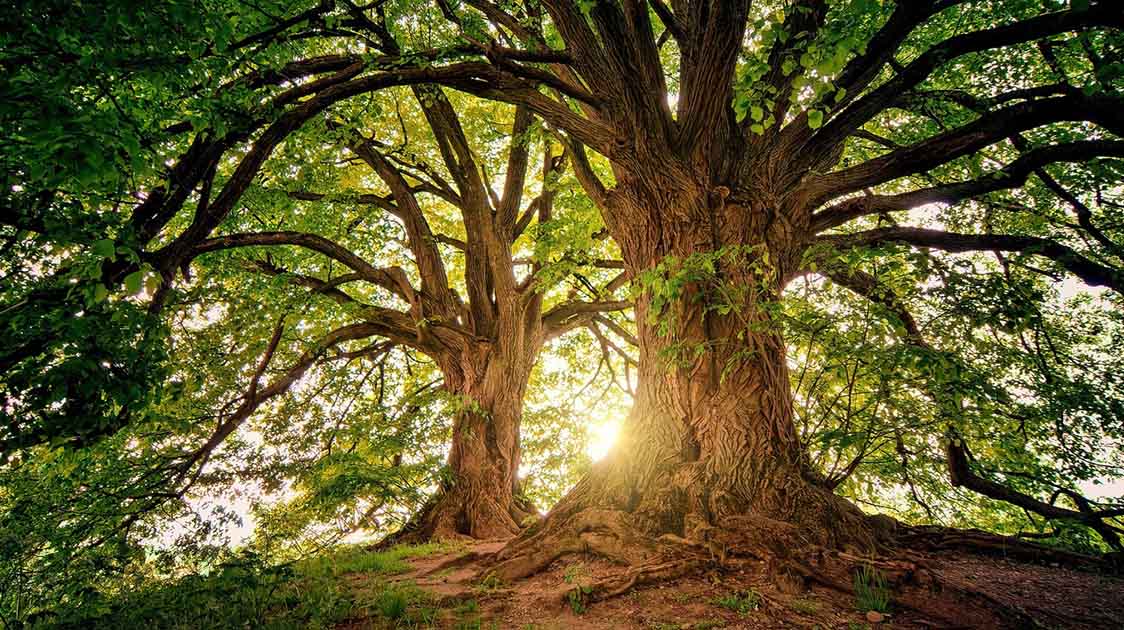
Main image by Imapuzzle
It’s hard to overstate the importance of trees. Their debut more than 300 million years ago according to the facts about trees we know of was a turning point for Earth, helping transform its surface into a bustling utopia for land animals. Trees have fed, housed and otherwise nurtured countless creatures over time — including our own arboreal ancestors.
Modern humans rarely live in trees, but that doesn’t mean we can live without them. About 3 trillion trees currently exist, enriching habitats from old-growth forests to city streets. Yet despite our deep-rooted reliance on trees, we tend to take them for granted. People clear millions of forested acres every year, often for short-term rewards despite long-term risks like desertification, wildlife declines and climate change. Science is helping us learn to use trees’ resources more sustainably, and to protect vulnerable forests more effectively, but we still have a long way to go.
15 Astounding Facts About Trees
1. Earth has more than 60,000 known tree species.
Until recently, there was no thorough global census of tree species. But in April 2017, the results of a “huge scientific effort” were published in the Journal of Sustainable Forestry, along with a searchable online archive called GlobalTreeSearch.
The scientists behind this effort compiled data from museums, botanical gardens, agricultural centers and other sources, and concluded there are 60,065 tree species currently known to science.
2. More than half of all tree species exist only in a single country.
Aside from quantifying the biodiversity of trees, the 2017 census also highlights the need for details about where and how those 60,065 different species live. Nearly 58 percent of all tree species are single-country endemics, the study found, meaning each one naturally occurs only within the borders of a single nation.
Brazil, Colombia and Indonesia have the highest totals for endemic tree species, which makes sense given the overall biodiversity found in their native forests. “The countries with the most country-endemic tree species reflect broader plant diversity trends (Brazil, Australia, China) or islands where isolation has resulted in speciation (Madagascar, Papua New Guinea, Indonesia),” the study’s authors write.
3. Trees didn’t exist for the first 90 percent of Earth’s history.
Earth is 4.5 billion years old, and plants may have colonized land as recently as 470 million years ago, most likely mosses and liverworts without deep roots. Vascular plants followed about 420 million years ago, but even for tens of millions of years after that, no plants grew more than about 3 feet (1 meter) off the ground.
4. Before trees, Earth was home to fungi that grew 26 feet tall.
Carrying on with interesting facts about trees, from about 420 million to 370 million years ago, a mysterious genus of creatures named Prototaxites grew large trunks up to 3 feet (1 meter) wide and 26 feet (8 meters) in height. Scientists have long debated whether these were some kind of weird ancient trees, but a 2007 study concluded they were fungi, not plants.
5. The first known tree was a leafless, fern-like plant from New York.
Several kinds of plants have evolved a tree form, or “arborescence,” in the past 300 million years or so. It’s a tricky step in plant evolution, requiring innovations like sturdy trunks to stay upright and strong vascular systems to pump up water and nutrients from the soil. The extra sunlight is worth it, though, prompting trees to evolve multiple times in history, a phenomenon called convergent evolution.
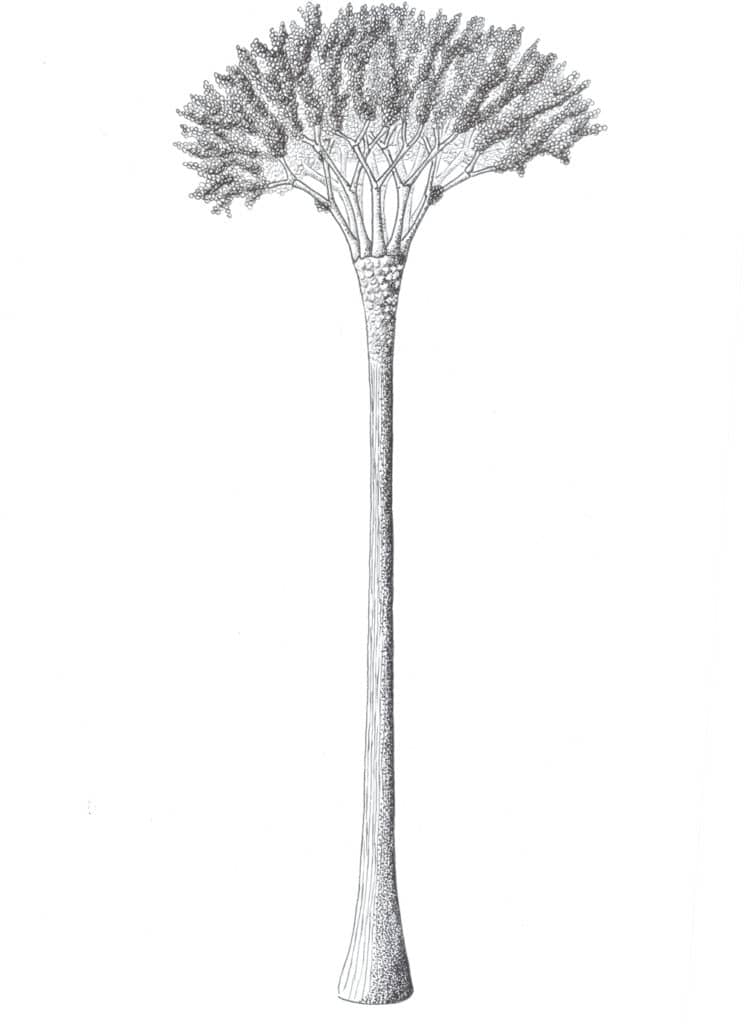
An illustration of the ancient Wattieza tree, based on fossils found in what’s now New York. Falconaumanni / Wikimedia Commons / CC BY-SA 2.0
The earliest known tree is Wattieza, identified from 385 million-year-old fossils found in what’s now New York. Part of a prehistoric plant family thought to be ancestors of ferns, it stood 26 feet (8 meters) tall and formed the first known forests. It may have lacked leaves, instead growing frond-like branches with “branchlets” resembling a bottlebrush (see illustration). It wasn’t closely related to tree ferns, but did share their method of reproducing by spores, not seeds.
6. Scientists thought this dinosaur-era tree went extinct 150 million years ago — but then it was found growing wild in Australia.
During the Jurassic Period, a genus of cone-bearing evergreen trees now named Wollemia lived on the supercontinent Gondwana. These ancient trees were long known only from the fossil record, and were thought to have been extinct for 150 million years — until 1994, when a few survivors of one species were found living in a temperate rainforest at Australia’s Wollemia National Park.
That species, Wollemia nobilis, is often described as a living fossil. According to facts about trees, only about 80 mature trees are left, plus some 300 seedlings and juveniles, and the species is listed as critically endangered by the International Union for Conservation of Nature.
While Wollemia nobilis is the last of its genus, there are also still other middle Mesozoic trees alive today. Ginkgo biloba, aka the ginkgo tree, dates back about 200 million years and has been called “the most ancient living tree.”
7. Some trees emit chemicals that attract enemies of their enemies.
Trees may look passive and helpless, but they’re savvier than they seem. Not only can they produce chemicals to combat leaf-eating insects, for instance, but some also send airborne chemical signals to each other, apparently warning nearby trees to prepare for an insect attack. Research has shown that a wide range of trees and other plants become more resistant to insects after receiving these signals.
Trees’ airborne signals can even convey information outside the plant kingdom. Some have been shown to attract predators and parasites that kill the insects, essentially letting an embattled tree call for backup. Research has mainly focused on chemicals that attract other arthropods, but as a 2013 study found, apple trees under attack by caterpillars release chemicals that attract caterpillar-eating birds.
8. Trees in a forest can ‘talk’ and share nutrients through an underground internet built by soil fungi.
Like most plants, trees have symbiotic relationships with mycorrhizal fungi that live on their roots. The fungi help trees absorb more water and nutrients from the soil, and trees repay the favor by sharing sugars from photosynthesis. But as a growing field of research shows, this mycorrhizal network also works on a much larger scale — sort of like an underground internet that connects entire forests.
9. Most tree roots stay in the top 18 inches of soil, but they can also grow above ground or dive a few hundred feet deep.
Interested in other astonishing facts about trees? Holding up a tree is a tall order, but it’s often achieved by surprisingly shallow roots. Most trees don’t have a taproot, and most tree roots lie in the top 18 inches of soil, where growing conditions tend to be best. More than half of a tree’s roots usually grow in the top 6 inches of soil, but that lack of depth is offset by lateral growth: The root system of a mature oak, for example, can be hundreds of miles in length.
10. A large oak tree can consume about 100 gallons of water per day, and a giant sequoia can drink up to 500 gallons daily.
Facts about trees agree that many mature trees require a huge amount of water, which may be bad for drought-stricken orchards but is often good for people in general. Thirsty trees can limit flooding from heavy rain, especially in low-lying areas like river plains. By helping the ground absorb more water, and by holding soil together with their roots, trees can reduce the risk of erosion and property damage from flash floods.
A single mature oak, for example, is able to transpire more than 40,000 gallons of water in a year — meaning that’s how much flows from its roots to its leaves, which release water as vapor back into the air.
As a bonus, trees have a knack for soaking up soil pollutants, too. One sugar maple can remove 60 milligrams of cadmium, 140 mg of chromium and 5,200 mg of lead from the soil per year, and studies have shown farm runoff contains up to 88 percent less nitrate and 76 percent less phosphorus after flowing through a forest.
11. Trees help us breathe — and not just by producing oxygen.
About half of all oxygen in the air comes from phytoplankton, but trees are a major source, too. Still, their relevance for humans’ oxygen intake is a bit hazy. Various sources suggest a mature, leafy tree produces enough oxygen for two to 10 people per year, but others have countered with significantly lower estimates.
Yet even without the oxygen, trees clearly offer plenty of other benefits, from food, medicine and raw materials to shade, windbreaks and flood control. And, as Matt Hickman reported in 2016, city trees are “one of the most cost-effective methods of curbing urban air pollution levels and combating the urban heat island effect.” That’s a big deal, since more than 3 million people die worldwide each year from illnesses linked to air pollution. In the U.S. alone, pollution removal by urban trees is estimated to save 850 lives per year and $6.8 billion in total health care costs.
There’s also another notable way trees can indirectly save lives by breathing. They take in carbon dioxide, a natural part of the atmosphere that’s now at dangerously high levels due to the burning of fossil fuels. Excess CO2 drives life-threatening climate change by trapping heat on Earth, but trees — especially old-growth forests — provide a valuable check on our CO2 emissions.
12. Adding one tree to an open pasture can increase its bird biodiversity from almost zero species to as high as 80.
Native trees create vital habitat for a variety of wildlife, from ubiquitous urban squirrels and songbirds to less obvious animals like bats, bees, owls, woodpeckers, flying squirrels and fireflies. Some of these guests offer direct perks for people — such as by pollinating our plants, or eating pests like mosquitoes and mice — while others bring subtler benefits just by adding to local biodiversity.
To help quantify this effect, researchers from Stanford University recently developed a way to estimate biodiversity based on tree cover. They recorded 67,737 observations of 908 plant and animal species over a 10-year period, then plotted those data against Google Earth images of tree cover. As they reported in a 2016 study published in PNAS, four of the six species groups — understory plants, non-flying mammals, bats and birds — saw a significant biodiversity boost in areas with more tree cover.
They found that adding a single tree to a pasture, for example, could raise the number of bird species from near zero to 80. After this initial spike, adding trees continued to correlate with more species, but less quickly. As a stand of trees approached 100 percent coverage within a certain area, endangered and at-risk species like wildcats and deep-forest birds began to appear, the researchers report.
13. Trees can lower stress, raise property values and fight crime.
It’s human nature to like trees. Just looking at them can make us feel happier, less stressed and more creative. This may be partly due to biophilia, or our innate affinity for nature, but there are also other forces at work. When humans are exposed to chemicals released by trees known as phytoncides, for example, research has shown results such as reduced blood pressure, reduced anxiety, increased pain threshold and even increased expression of anti-cancer proteins.
Considering that, maybe it’s little wonder trees have been shown to raise our evaluations of real estate. According to the U.S. Forest Service, landscaping with healthy, mature trees adds an average of 10 percent to a property’s value. Research also shows urban trees are correlated with lower crime rates, including things from graffiti, vandalism and littering to domestic violence.
14. This tree has been alive since woolly mammoths still existed.
One of the most fascinating facts about trees is how long some can live. Clonal colonies are known to endure for tens of thousands of years — Utah’s Pando aspen grove dates back 80,000 years — but many individual trees also stand their ground for centuries or millennia at a time. North America’s bristlecone pines are especially long-lived, and one in California that’s 4,848 years old was considered the planet’s oldest individual tree until 2013, when researchers announced they’d found a another bristlecone that sprouted 5,062 years ago. (The last woolly mammoths, for comparison, died about 4,000 years ago.)
15. A tree can grow from the cremains of a person or an animal.
How could we forget one of the most important modern day facts about trees? They can grow from the cremation ashes of a person, or a pet, thanks to the Bios Urn®, an urn which is 100% biodegradable and is specifically designed to transform a person into a tree so that they can carry on growing alongside their loved-ones in the after-life. In addition to this, the environmental impacts of planting a Bios Urn are huge.
Original post by TreeHugger
What do you think of these astonishing facts about trees? We would love to hear from you in the Comments section below!
And if you are thinking of planting your own tree, here are 10 Good Reasons Why You Should Plant One!
To keep up to date with all the latest Bios Urn® news and stories, you can follow us on Facebook, Instagram, Twitter, Pinterest and YouTube!
Join our mailing list to keep you updated of all Bios® news and get a 10% Discount!

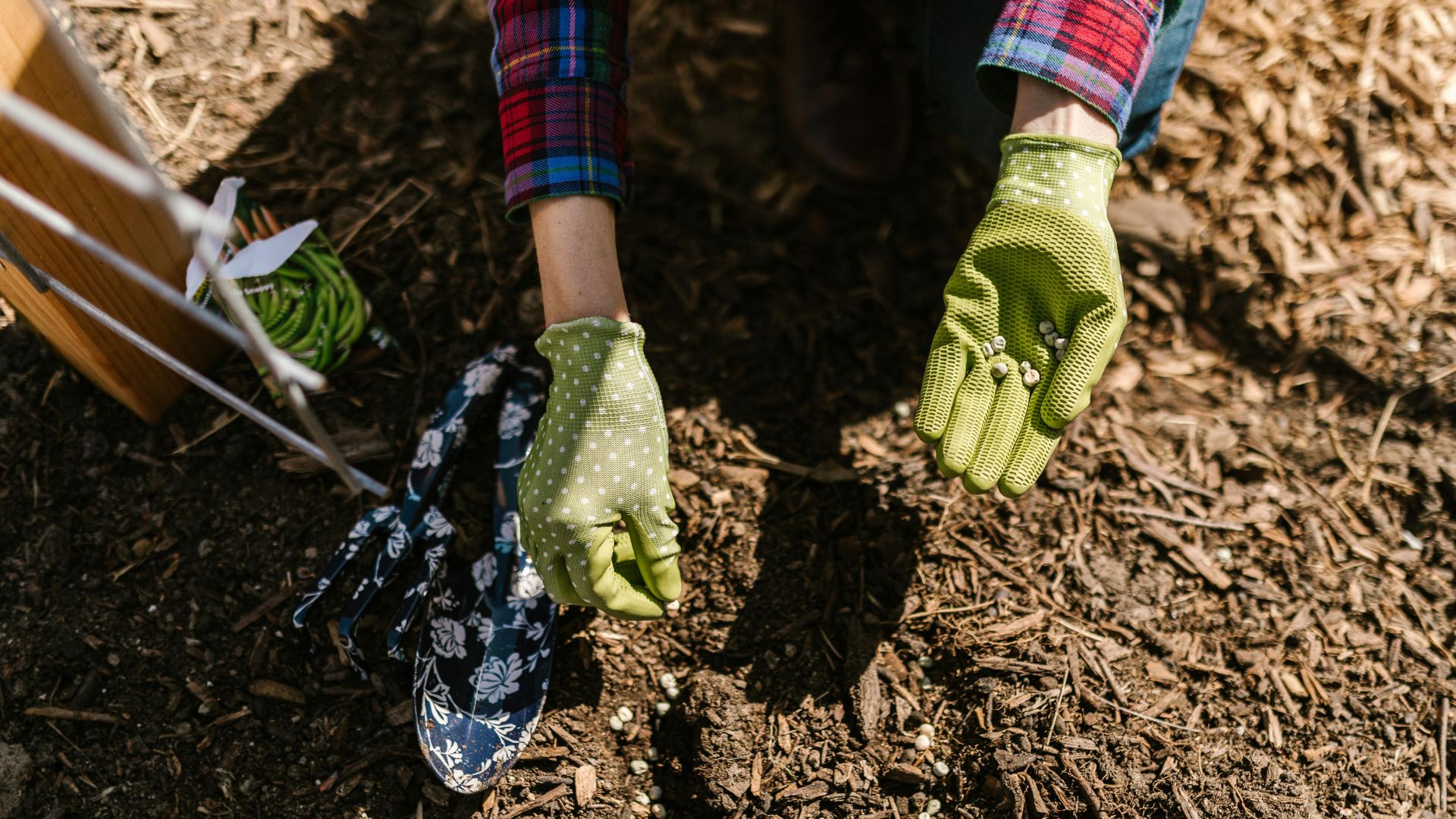
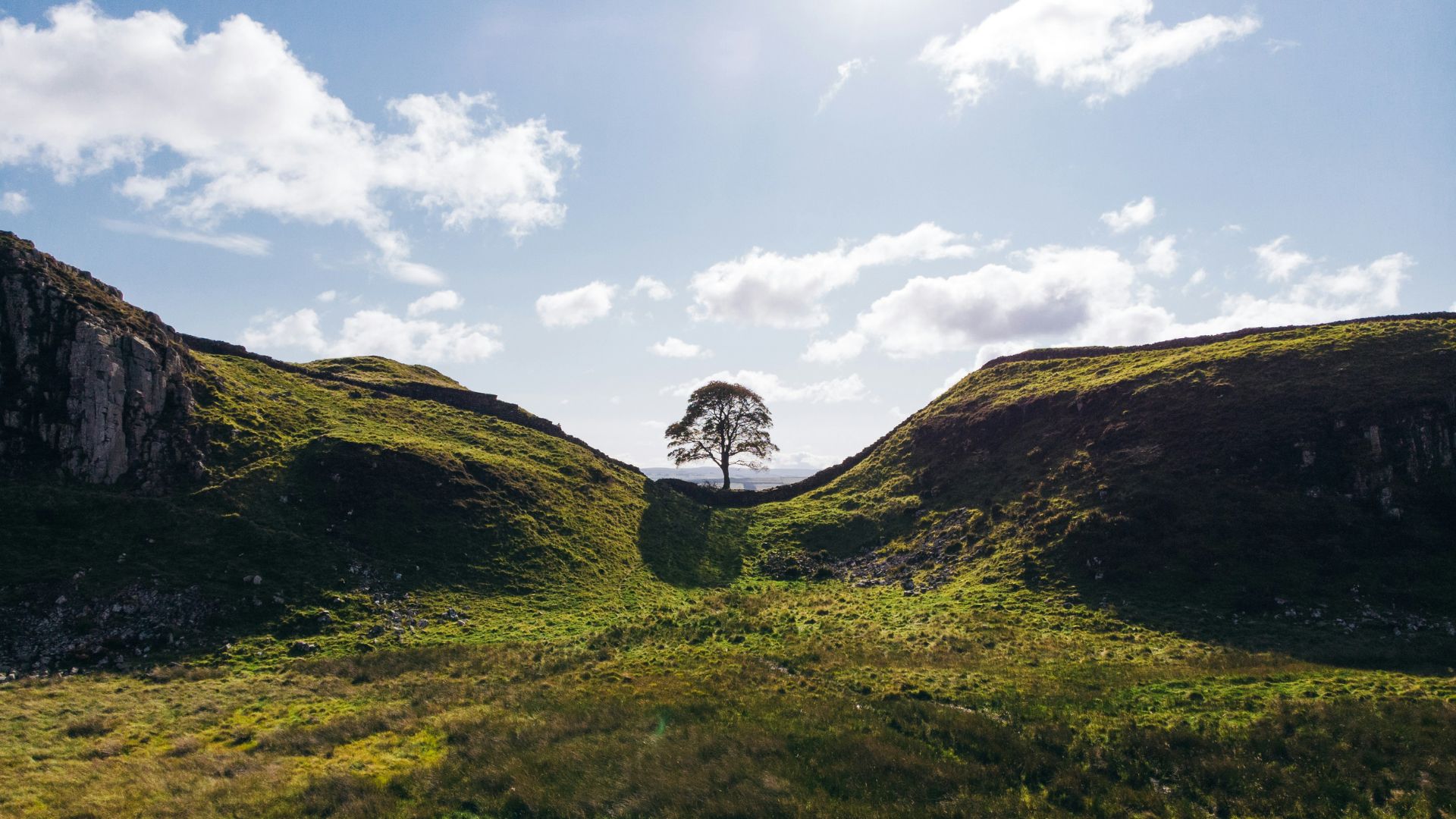
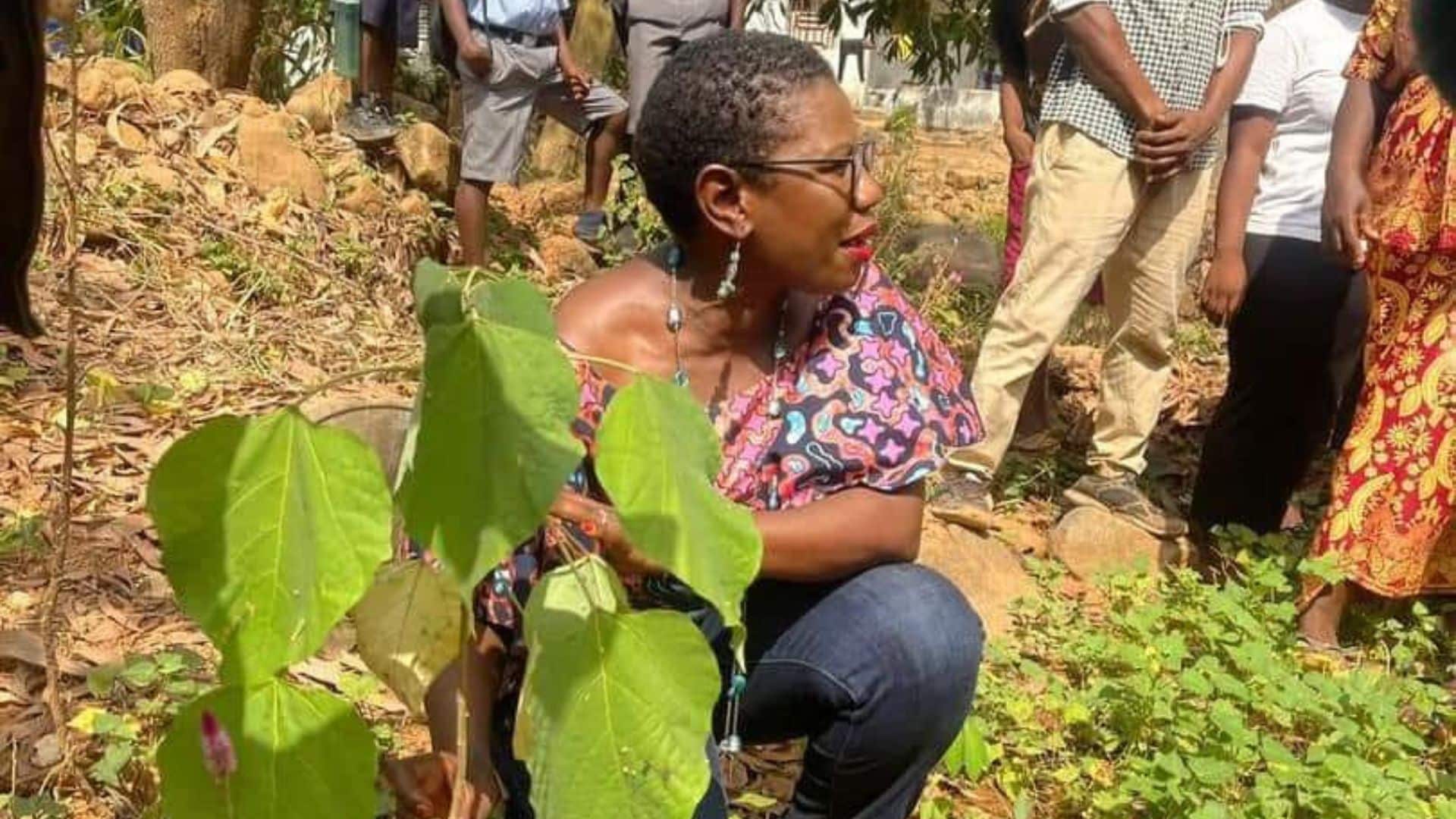



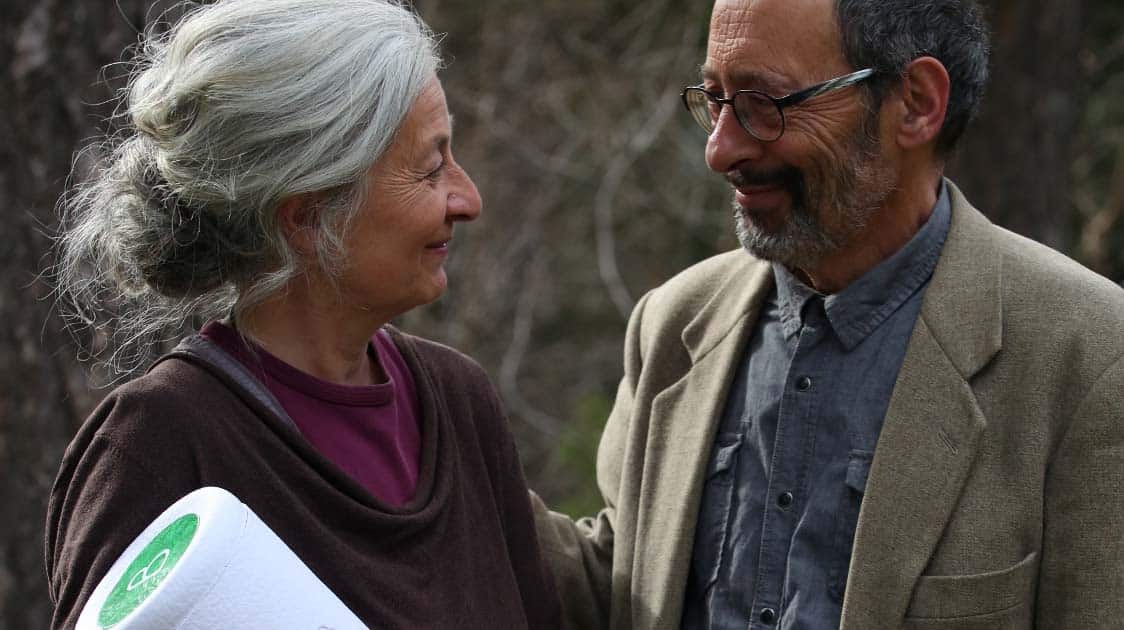
That’s amazing! I love trees!! And now I love them even more!! Thanks for the info.!!
Thank you so much for taking the time to write and let us know Rachel! They are pretty amazing 🌳
I feel very fortunate to live in a County with oldgrowth Coastal Redwoods in a State with the biggest, tallest and oldest trees in the world…California
Indeed, you are very fortunate Glenda! And the fact that you are aware of this great gift makes it even more special. Thank you for taking the time to share with us!